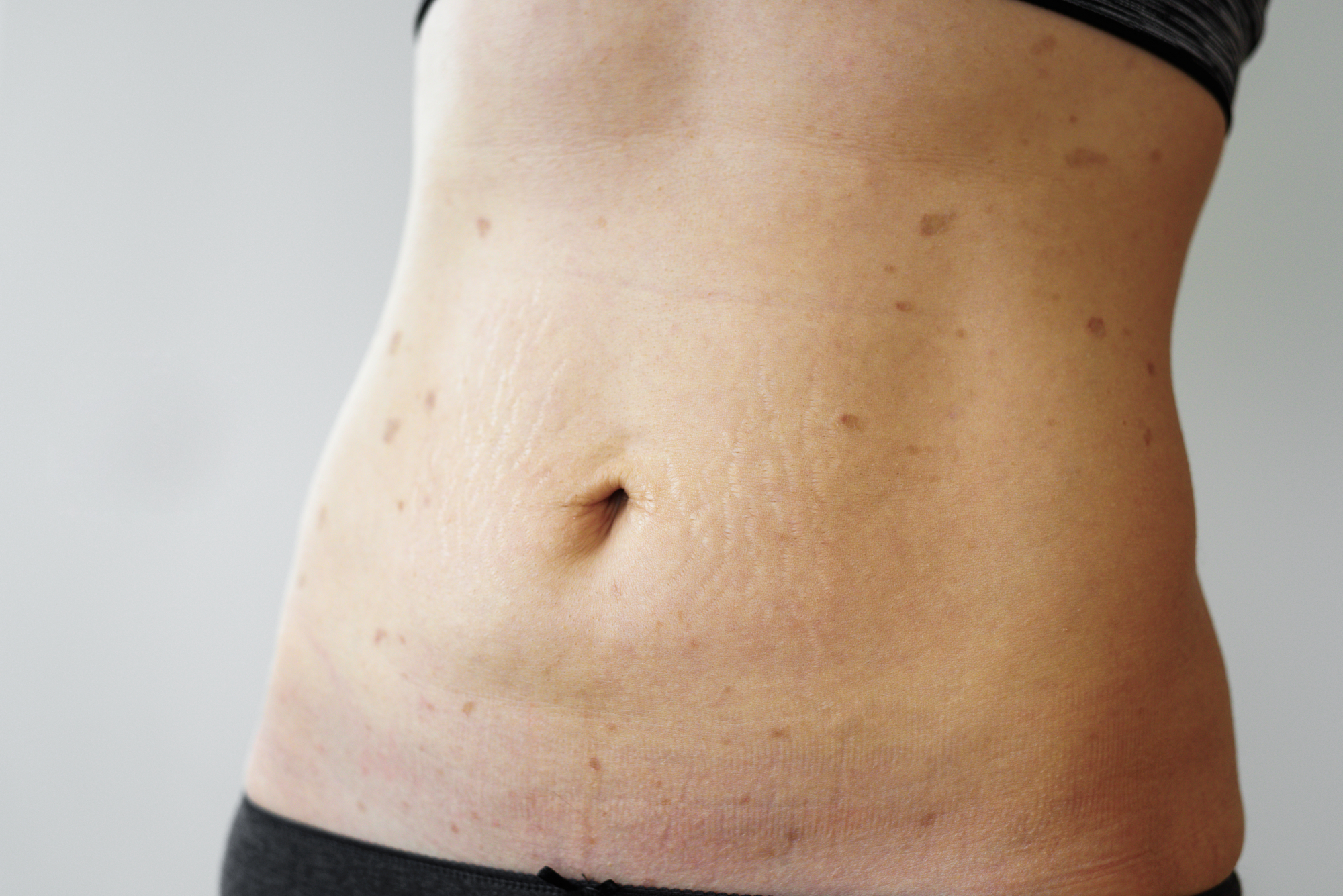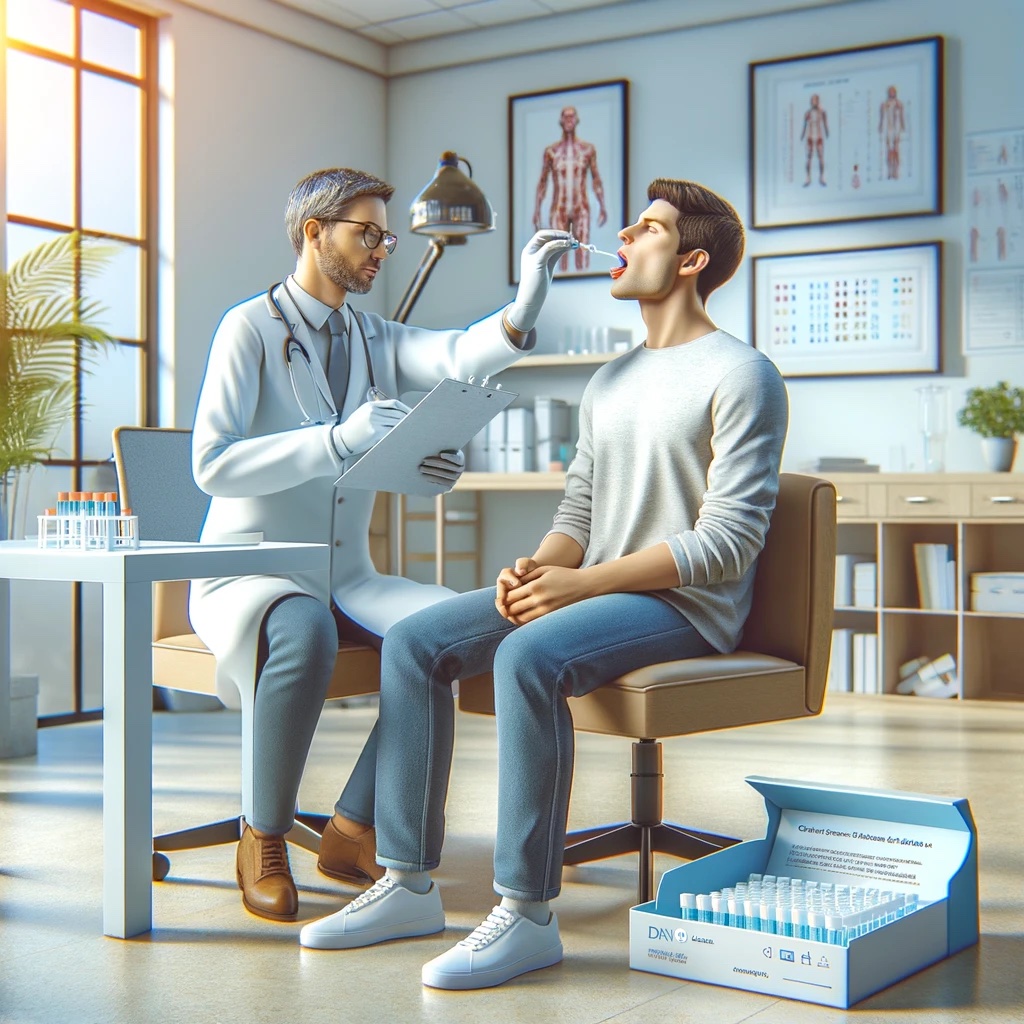The condition Lichen Planus
Lichen planus (LP) comes from the Greek word "leichen" = lichen; the flat LP spots resemble that.
Lichen planus is an inflammatory disease in which both skin and mucous membranes (especially mucous membranes of the mouth and genital area) may be affected. Due to the many manifestations of Lichen planus (hereafter referred to as LP), recognition of the condition is not always easy.
LP occurs in approximately 1% of the general population. It occurs most often in people between the ages of 40 and 60, but can also occur at younger or older ages. It is more common in women than in men (3:2) and there is a genetic predisposition (which does not mean it is hereditary). In about half of patients with LP of the skin, the mucous membranes are also affected. Conversely, about one-third of patients with LP of the mouth also have skin abnormalities. Usually LP is a one-time event, with symptoms disappearing over time and not recurring. About one in five people (20%) get LP for a second time. In some people, however, the condition remains very persistent. LP of the mouth in particular often persists for a long time. Then you have the chronic form.
LP occurs on the skin, scalp skin and nails. In addition, mucous membranes can be affected by LP. It has been described in the mouth on lips, in the esophagus, bladder, nose, vulva, vagina, penis, anus, and on the mucous membrane along the inside of the eyelids. Typical of lichen planus is the so-called Koebner phenomenon: at the site of a skin damage (a scratch, for example) a new lichen planus spot develops.


